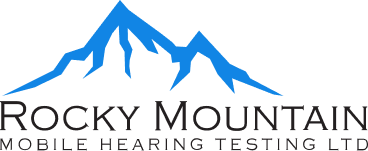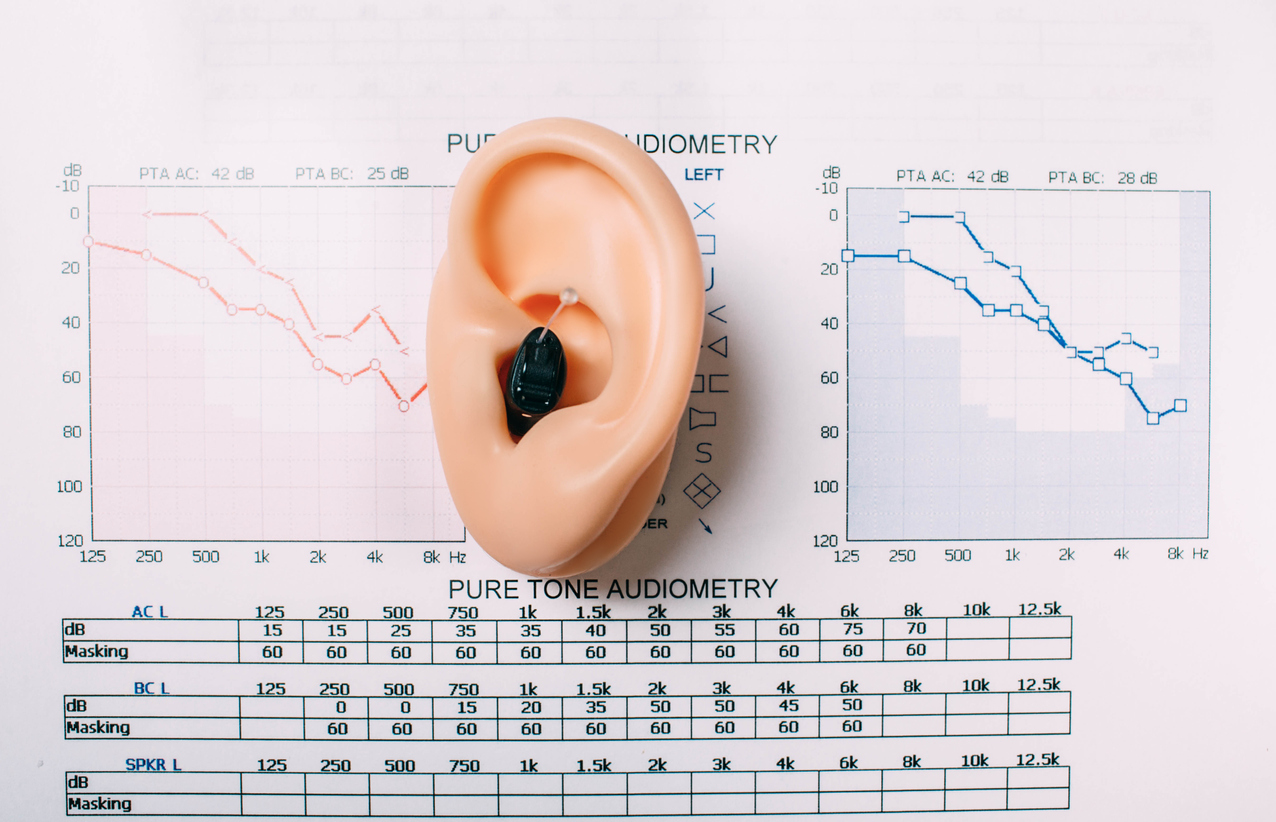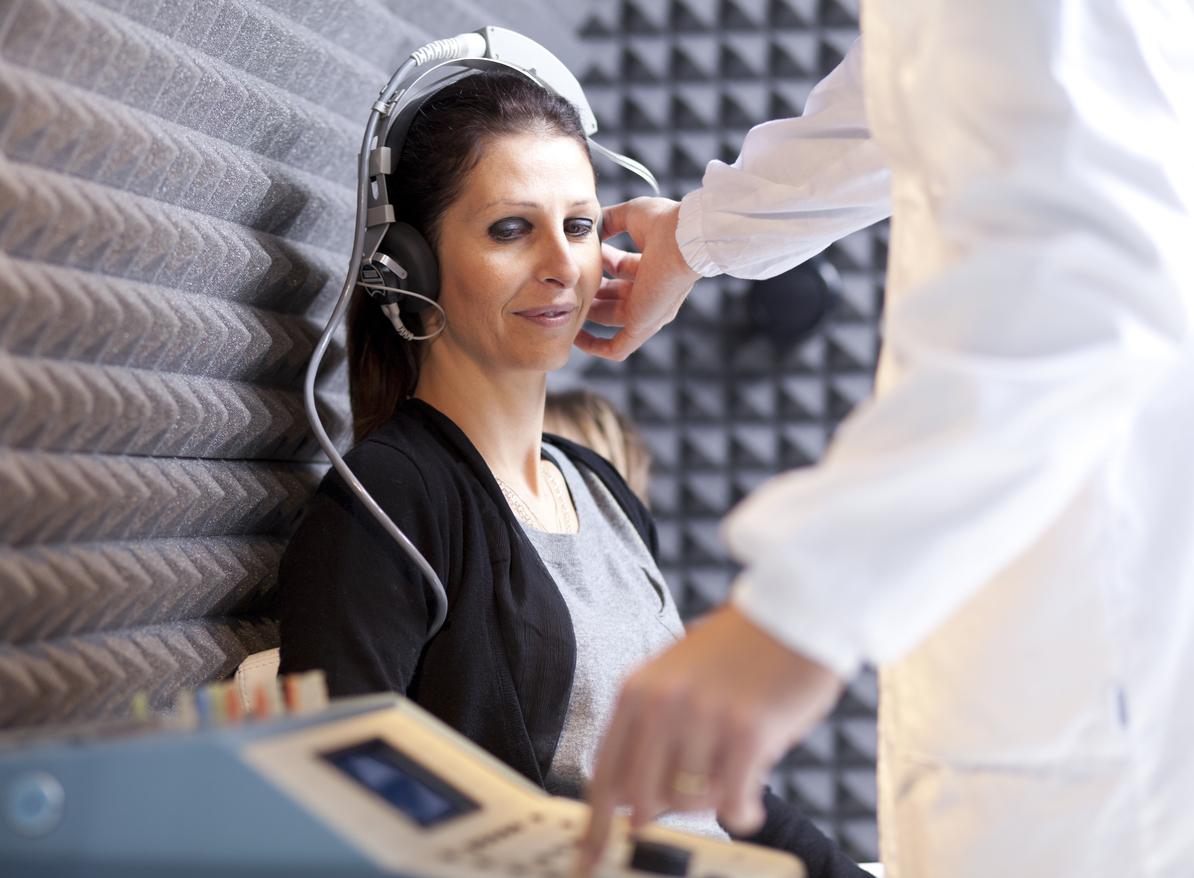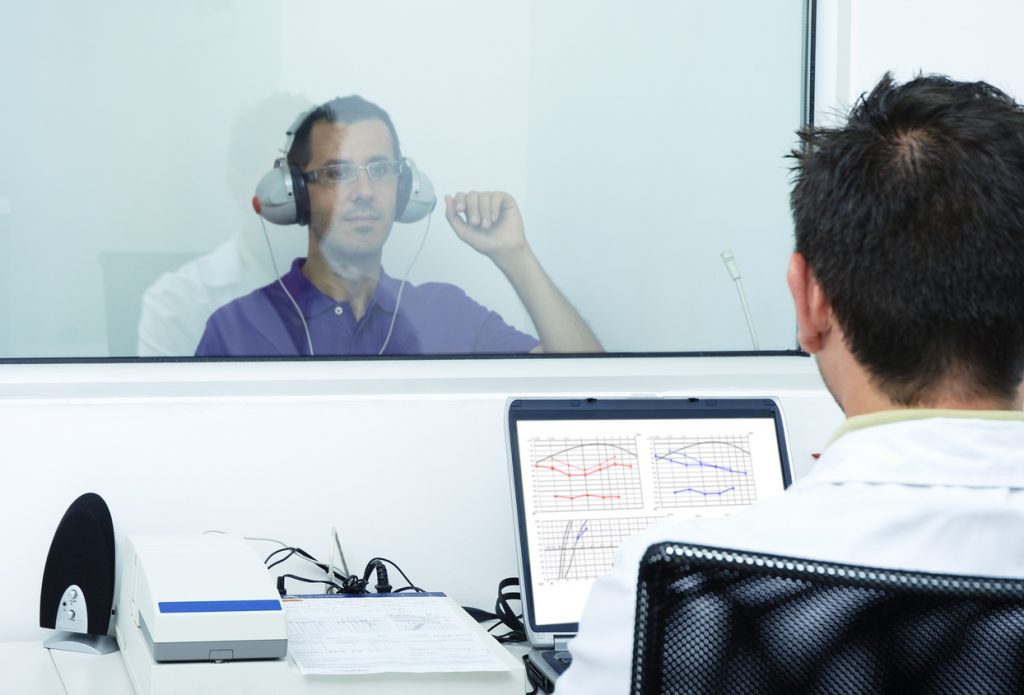One of the most effective ways to measure your hearing capacity is an audiogram. The audiogram is a results sheet put to use for “pure tone” hearing tests. They effectively indicate your range of hearing, from deep and quiet sounds to high, loud noises. Below, you can learn about the process of taking the test, reading the audiogram and possible indications of your results.
Additionally, we will give recommendations on how to combat hearing loss in your workplace. Among other options, custom earplugs can prove to be an asset for long-term dynamic hearing.
How We Use Audiograms
The Pure Tone Hearing Test
We typically perform hearing tests in one of our mobile vehicles for convenience. Inside, we have soundproof testing booths that meet local and provincial testing requirements, including CSA standards. We measure your hearing in both ears through a series of tones that rise in loudness for particular frequencies across a part of the sound spectrum.
When you arrive, you will don a set of headphones and hold a small button. Then, the tones will begin, and when you first hear the sound, you indicate it with the signal. The test records your input, and this process repeats until the completion of the test. Afterwards, we share the results with you and offer any insights we may have to share.
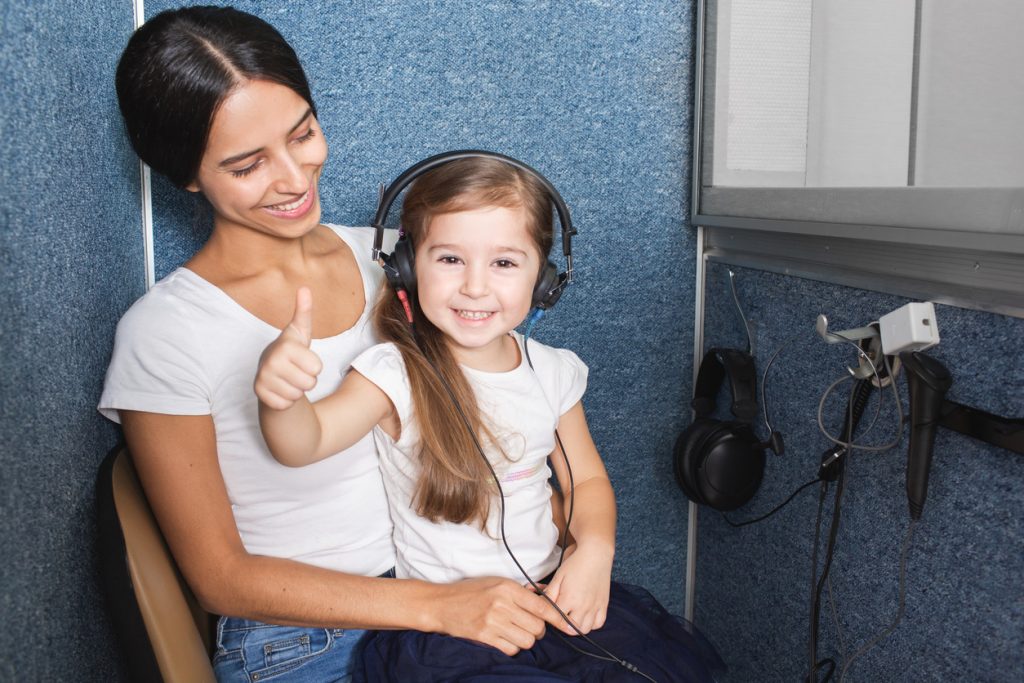
How to Read an Audiogram
The first step in reading an audiogram is to understand the two measures of assessment. The first is pitches and frequencies, which we measure in Hz (Hertz). You read this from a deep tone (250 Hz) on the left to a high tone (8000 Hz) on the right.
The second metric is loudness or intensity, which goes from quietest at the bottom and loudest at the top, and decibels (dB) are the unit of measurement. Typically, the audiogram has a range of 0dB (quiet) to 100 dB (loud).
Therefore, each mark on the audiogram indicates the lowest intensity threshold for multiple frequencies that each ear hears. Usually, we mark the right ear results with an “O” and the left ear with an “X.”
Interpreting the Results
Generally, hearing loss results from continuous exposure to loud noises or a single loud incident at close range. If we find results on your audiogram where you indicated hearing a particular frequency above a certain threshold, it is typically a sign of hearing loss.
However, ears will often have different frequency thresholds due to previous overexposure, and poor results in one ear might not show up in the other. As a result, when we share your test results, we may advise you to seek a medical professional for hearing-related concerns.
Custom Ear Plugs and Other Hearing Protection
If you work with loud noises regularly, you should have hearing protection. Although custom earplugs are the most effective method, disposable earplugs and reusable muffs are still better than leaving your ears without protection. All of this protective equipment reduces the intensity of sound and keep the sensitive inner ear safe from long-term damage. Work with your employer to find a solution that works to keep them protected and their workers safe.
Rocky Mountain Mobile Hearing Testing is your locally owned and operated Calgary business. We are committed to providing mobile hearing testing services and other safety tests, to numerous industries and companies in Western Canada. Our services are part of the WorkSafeBC Provider Network, while our sound booths are approved by the CSA. We offer audiometry testing, mask fit testing, custom earplugs, noise measurements, help with implementing a hearing conservation program, and spirometry testing. If you want to improve your workplace, leave it in the hands of our team. Contact us today on (403) 399-4775.
